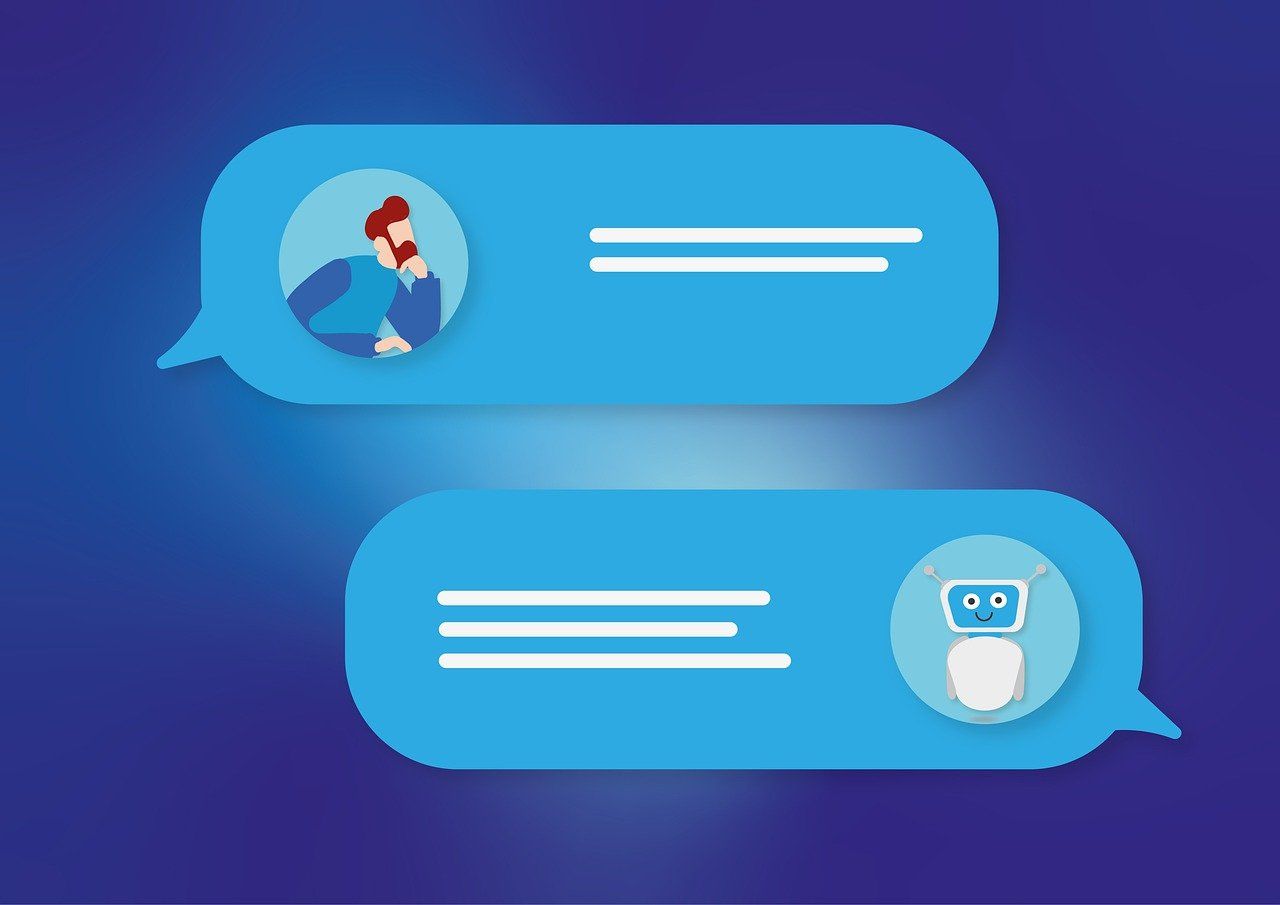
Text Message Reminders: Small Change, Big Impact on No-Shows

Key Points
-
Text message reminders reduce no-show rates by up to 38%, significantly improving practice efficiency and revenue.
-
97% of text messages are read within 3 minutes of receipt, making SMS the most effective communication channel for appointment reminders.
-
Automated SMS systems can save practices 5-7 hours per week in administrative time previously spent on phone calls.
-
Patients prefer text reminders 3:1 over phone calls, with 89% wanting the option to confirm or reschedule via text.
-
The average dental practice loses $200 per no-show, making even small reductions in missed appointments financially significant.
-
Two-way texting capabilities increase appointment confirmations by 45% compared to one-way reminder systems.
-
HIPAA-compliant messaging platforms ensure patient privacy while delivering convenience.
-
Strategic timing of reminders (48 hours and 2 hours before appointments) yields the highest confirmation rates.
-
Practices using text reminders report improved patient satisfaction scores by an average of 22%.
Overview
No-shows are the silent profit killer in healthcare practices, disrupting schedules, reducing revenue, and limiting access to care for other patients. While the average no-show rate in dental and medical practices hovers around 15-20%, a simple solution has emerged that's transforming practice management: text message reminders.
This seemingly small technological upgrade delivers outsized returns, dramatically reducing missed appointments while simultaneously improving patient satisfaction and practice efficiency. As practices navigate an increasingly digital healthcare landscape, SMS reminders have evolved from a nice-to-have feature to an essential component of modern patient communication strategies.
This article by Anablock explores how text message reminders are revolutionizing appointment management, examining the psychology behind their effectiveness, implementation best practices, and the measurable impact on practice performance.
The Hidden Cost of No-Shows
Before understanding the solution, it's crucial to grasp the magnitude of the problem. No-shows create a cascade of negative effects that extend far beyond lost revenue. When a patient misses an appointment, the practice loses not just the immediate income but also the opportunity to provide preventive care, potentially leading to more serious health issues down the line.
Research from the Medical Group Management Association reveals that the average medical practice experiences a 5-7% no-show rate, though specialists and dental practices often see rates exceeding 15%. For a typical dental practice seeing 30 patients daily, this translates to approximately 4-5 empty appointment slots, representing $800-1,000 in lost daily revenue. Annually, these missed appointments can cost a single practitioner over $150,000.
Beyond the financial impact, no-shows create scheduling inefficiencies, staff frustration, and access barriers for patients who genuinely need care. The ripple effects include overtime costs as staff attempt to fill gaps, decreased provider productivity, and potential delays in treatment for both the no-show patient and others waiting for appointments.
Why Text Messages Work: The Psychology of SMS Communication
The effectiveness of text message reminders isn't accidental, it's rooted in fundamental aspects of human psychology and modern communication habits. Unlike emails that pile up unread or phone calls that go unanswered, text messages occupy a unique space in our attention hierarchy.
- Immediacy and Visibility: Text notifications appear directly on lock screens, making them nearly impossible to ignore
- Brevity Demands Action: The character limit of texts creates concise messages that are quickly processed and acted upon
- Personal Device Connection: Smartphones are checked an average of 96 times per day, ensuring messages are seen
- Low Cognitive Load: Reading a text requires minimal effort compared to listening to a voicemail or navigating email
The statistics support this psychological framework. Studies show that text messages have a 98% open rate compared to just 20% for emails. Furthermore, 90% of texts are read within three minutes of receipt, creating an almost guaranteed touchpoint with patients. This immediacy transforms appointment reminders from easily forgotten notes into actionable prompts that patients engage with in real-time.
Implementation Strategies for Maximum Impact
Successfully implementing text message reminders requires more than simply sending automated messages. The most effective systems are thoughtfully designed around patient preferences and practice workflows.
Timing is Everything
Research indicates that a two-pronged reminder approach yields optimal results. The first reminder, sent 48-72 hours before the appointment, allows patients time to reschedule if needed without leaving gaps in the schedule. The second reminder, delivered 2-4 hours before the appointment, serves as a final prompt for same-day preparation. Some practices have found success with a third touchpoint—a week-out reminder for procedures requiring special preparation.
Message Content and Personalization
While brevity is essential, effective reminder messages balance conciseness with necessary information. The most successful formats include the patient's name, appointment date and time, provider name, and clear instructions for confirmation or rescheduling. Personalization extends beyond using the patient's name; mentioning the specific type of appointment or any preparation requirements increases engagement rates by 25%.
Two-Way Communication Capabilities
Modern SMS platforms that allow patients to respond directly to messages see dramatically higher engagement rates. When patients can simply reply "C" to confirm or "R" to reschedule, the friction in the communication process virtually disappears. This bidirectional communication also enables practices to quickly fill cancelled slots by immediately offering them to waitlisted patients.
Overcoming Common Implementation Barriers
Despite the clear benefits, some practices hesitate to adopt text messaging systems due to perceived barriers. Understanding and addressing these concerns is crucial for successful implementation.
The most common objection revolves around patient privacy and HIPAA compliance. However, modern healthcare-specific SMS platforms are designed with robust security features, including encryption, audit trails, and limited information disclosure that meets all regulatory requirements. When properly implemented, text messaging is actually more secure than traditional phone calls, which can be overheard or messages left on shared voicemail systems.
Cost concerns often arise, particularly among smaller practices. Yet when compared to the revenue recovered from reduced no-shows, SMS systems typically pay for themselves within the first month. A practice preventing just 2-3 no-shows monthly can offset the entire cost of most text messaging platforms.
Measuring Success: Key Performance Indicators
- No-Show Rate Reduction: Track the percentage change in missed appointments before and after implementation
- Confirmation Rate: Monitor how many patients actively confirm their appointments via text
- Time-to-Fill Metrics: Measure how quickly cancelled appointments are filled through waitlist notifications
- Staff Time Savings: Calculate hours saved on phone-based reminder calls
- Patient Satisfaction Scores: Survey patients about their communication preferences and satisfaction
- Return on Investment: Compare system costs against revenue recovered from reduced no-shows
Practices typically see measurable improvements within the first month, with no-show rates dropping by 15-30% initially and continuing to improve as patients become accustomed to the system. Long-term data shows sustained reductions of 35-40% in missed appointments for practices that maintain consistent reminder protocols.
Integration with Practice Management Systems
The seamless integration of text messaging platforms with existing practice management software amplifies the benefits while minimizing administrative burden. Modern integration capabilities enable automatic appointment synchronization, eliminating manual data entry and reducing errors.
Advanced features include intelligent scheduling that recognizes appointment types requiring different reminder timings, automatic waitlist management that fills cancellations in real-time, and detailed analytics dashboards that provide insights into communication effectiveness. Some systems even incorporate artificial intelligence to predict which patients are most likely to miss appointments, allowing for targeted intervention strategies.
Cultural and Demographic Considerations
While text messaging boasts broad appeal across age groups, successful implementation requires sensitivity to demographic variations in technology adoption and communication preferences. Practices serving older populations may need to maintain parallel communication channels initially, offering patients the choice between text, phone, or email reminders.
Language accessibility is another crucial consideration. Multilingual messaging capabilities ensure that non-English speaking patients receive reminders they can understand and act upon. Some platforms offer automatic translation features, though practices should ensure translations are medically accurate and culturally appropriate.
For patients without reliable mobile phone access, alternative solutions include email-to-text gateways or maintaining traditional phone reminders for a small subset of patients. The key is flexibility—offering multiple communication options while encouraging adoption of the most efficient channels.
Beyond Reminders: Expanding Text Message Utility
Once patients become comfortable with text-based appointment reminders, practices can expand their SMS usage to enhance other aspects of patient care and practice management.
Pre-Appointment Preparation
Text messages can deliver preparation instructions for procedures, medication reminders, or fasting requirements. This proactive communication reduces appointment cancellations due to improper preparation and improves clinical outcomes.
Post-Visit Follow-Up
Automated follow-up messages checking on patient recovery, reminding about medication adherence, or providing care instructions enhance patient outcomes while demonstrating attentiveness to patient wellbeing.
Health Maintenance Reminders
Practices can use SMS to remind patients about due preventive care, seasonal vaccinations, or prescription refills. These proactive touches improve population health management while generating additional appointment bookings.
The Patient Experience Transformation
The impact of text message reminders extends beyond operational metrics to fundamentally improve the patient experience. Patients consistently report feeling more connected to their healthcare providers when communication is convenient and respectful of their time.
Survey data reveals that 78% of patients feel less anxious about appointments when they receive timely reminders, while 65% report that text communication makes them more likely to keep appointments even when facing minor obstacles. This psychological comfort translates into stronger patient-provider relationships and improved treatment adherence.
The convenience factor cannot be overstated. Patients no longer need to interrupt their workday to answer reminder calls or remember to check voicemails. The ability to quickly confirm or reschedule appointments via text empowers patients to manage their healthcare proactively, leading to increased satisfaction and loyalty.
Future Innovations in Appointment Management
As technology continues to evolve, text messaging platforms are incorporating advanced features that promise even greater impact on practice efficiency. Artificial intelligence-powered chatbots can handle complex scheduling requests, answer frequently asked questions, and even conduct initial symptom screening.
Predictive analytics are beginning to identify patterns in no-show behavior, allowing practices to implement preventive measures for high-risk patients. Some systems are experimenting with dynamic scheduling that automatically adjusts appointment slots based on historical no-show patterns and current confirmation rates.
Conclusion
Text message reminders represent one of the highest-return investments a healthcare practice can make. This simple technology addresses a complex problem with elegant efficiency, simultaneously reducing no-shows, improving patient satisfaction, and streamlining practice operations.
The data is compelling: practices implementing comprehensive SMS reminder systems see average no-show reductions of 38%, translating to recovered revenue that far exceeds system costs. But the true value extends beyond financial metrics. By making it easier for patients to manage their healthcare appointments, practices build stronger relationships, improve treatment outcomes, and create a more sustainable, patient-centered care model.
As healthcare continues its digital transformation, text message reminders stand out as a proven, accessible technology that delivers immediate, measurable results. For practices still relying on traditional phone reminders or struggling with high no-show rates, the question isn't whether to implement text messaging, but how quickly they can begin capturing its benefits. In an industry where small improvements can have profound impacts, text message reminders prove that sometimes the simplest solutions are the most powerful.
Related Articles


